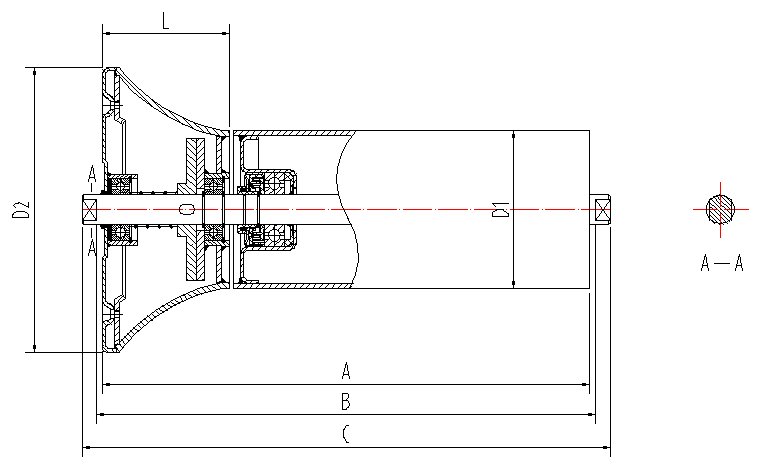 Afrikaans
Afrikaans  Albanian
Albanian  Amharic
Amharic  Arabic
Arabic  Armenian
Armenian  Azerbaijani
Azerbaijani  Basque
Basque  Belarusian
Belarusian  Bengali
Bengali  Bosnian
Bosnian  Bulgarian
Bulgarian  Catalan
Catalan  Cebuano
Cebuano  Corsican
Corsican  Croatian
Croatian  Czech
Czech  Danish
Danish  Dutch
Dutch  English
English  Esperanto
Esperanto  Estonian
Estonian  Finnish
Finnish  French
French  Frisian
Frisian  Galician
Galician  Georgian
Georgian  German
German  Greek
Greek  Gujarati
Gujarati  Haitian Creole
Haitian Creole  hausa
hausa  hawaiian
hawaiian  Hebrew
Hebrew  Hindi
Hindi  Miao
Miao  Hungarian
Hungarian  Icelandic
Icelandic  igbo
igbo  Indonesian
Indonesian  irish
irish  Italian
Italian  Japanese
Japanese  Javanese
Javanese  Kannada
Kannada  kazakh
kazakh  Khmer
Khmer  Rwandese
Rwandese  Korean
Korean  Kurdish
Kurdish  Kyrgyz
Kyrgyz  Lao
Lao  Latin
Latin  Latvian
Latvian  Lithuanian
Lithuanian  Luxembourgish
Luxembourgish  Macedonian
Macedonian  Malgashi
Malgashi  Malay
Malay  Malayalam
Malayalam  Maltese
Maltese  Maori
Maori  Marathi
Marathi  Mongolian
Mongolian  Myanmar
Myanmar  Nepali
Nepali  Norwegian
Norwegian  Norwegian
Norwegian  Occitan
Occitan  Pashto
Pashto  Persian
Persian  Polish
Polish  Portuguese
Portuguese  Punjabi
Punjabi  Romanian
Romanian  Russian
Russian  Samoan
Samoan  Scottish Gaelic
Scottish Gaelic  Serbian
Serbian  Sesotho
Sesotho  Shona
Shona  Sindhi
Sindhi  Sinhala
Sinhala  Slovak
Slovak  Slovenian
Slovenian  Somali
Somali  Spanish
Spanish  Sundanese
Sundanese  Swahili
Swahili  Swedish
Swedish  Tagalog
Tagalog  Tajik
Tajik  Tamil
Tamil  Tatar
Tatar  Telugu
Telugu  Thai
Thai  Turkish
Turkish  Turkmen
Turkmen  Ukrainian
Ukrainian  Urdu
Urdu  Uighur
Uighur  Uzbek
Uzbek  Vietnamese
Vietnamese  Welsh
Welsh  Bantu
Bantu  Yiddish
Yiddish  Yoruba
Yoruba  Zulu
Zulu Feb . 17, 2025 22:29
Back to list
types of idler in belt conveyor
In the complex world of material handling, belt conveyors are indispensable. They transport bulk materials efficiently over long distances, saving both time and labor. Within these systems, idlers play a pivotal role. These unassuming components support the belt, reduce friction, and contribute significantly to the lifespan and efficiency of the conveyor system. Understanding the different types of idlers available in belt conveyors is essential for making informed purchasing and operational decisions.
Self-aligning Idlers are designed to solve alignment issues that could arise due to misalignment in the system. Misaligned belts can lead to material spillage and increased wear. Self-aligning idlers pivot to correct the belt's path, helping maintain the conveyor's efficiency and prolonging its operational life. Another essential category is the Training Idlers. These idlers are crucial for keeping the conveyor belt centered, especially over long distances. When a belt runs off-center, it can cause serious operational issues, including material spillage, increased power consumption, and accelerated wear. These idlers detect misalignment and actively steer the belt back to the center. Rubber Disc Idlers find their niche in handling sticky or difficult-to-convey materials. Materials like clay or wet ores can adhere to traditional steel idlers, leading to accumulation and potential operational problems. Rubber disc idlers prevent such build-ups, ensuring a smoother operation. Among the latest innovations are the Wire Rope Idlers. These feature a unique design where the belt is supported by a suspended wire rope across the length. This innovative approach reduces the number of moving parts, which can translate to lower maintenance and operational costs. They are especially beneficial in industries where minimizing maintenance time is crucial. Selecting the right idlers involves considering the specific needs of the material being conveyed, the operational environment, and the conveyor system's parameters. High-quality idlers reduce downtime, increase efficiency, and ultimately save on maintenance and operational costs. In conclusion, idlers are more than just components within a belt conveyor system; they are essential to the system’s functionality and efficiency. Understanding their different types and functions enables better decision-making, ensuring that the system operates smoothly and efficiently. Investing in the right type of idlers tailored to your specific operational needs can significantly enhance the performance and longevity of your conveyor systems.


Self-aligning Idlers are designed to solve alignment issues that could arise due to misalignment in the system. Misaligned belts can lead to material spillage and increased wear. Self-aligning idlers pivot to correct the belt's path, helping maintain the conveyor's efficiency and prolonging its operational life. Another essential category is the Training Idlers. These idlers are crucial for keeping the conveyor belt centered, especially over long distances. When a belt runs off-center, it can cause serious operational issues, including material spillage, increased power consumption, and accelerated wear. These idlers detect misalignment and actively steer the belt back to the center. Rubber Disc Idlers find their niche in handling sticky or difficult-to-convey materials. Materials like clay or wet ores can adhere to traditional steel idlers, leading to accumulation and potential operational problems. Rubber disc idlers prevent such build-ups, ensuring a smoother operation. Among the latest innovations are the Wire Rope Idlers. These feature a unique design where the belt is supported by a suspended wire rope across the length. This innovative approach reduces the number of moving parts, which can translate to lower maintenance and operational costs. They are especially beneficial in industries where minimizing maintenance time is crucial. Selecting the right idlers involves considering the specific needs of the material being conveyed, the operational environment, and the conveyor system's parameters. High-quality idlers reduce downtime, increase efficiency, and ultimately save on maintenance and operational costs. In conclusion, idlers are more than just components within a belt conveyor system; they are essential to the system’s functionality and efficiency. Understanding their different types and functions enables better decision-making, ensuring that the system operates smoothly and efficiently. Investing in the right type of idlers tailored to your specific operational needs can significantly enhance the performance and longevity of your conveyor systems.
Next:
Latest news
-
Revolutionizing Conveyor Reliability with Advanced Rubber Lagging PulleysNewsJul.22,2025
-
Powering Precision and Durability with Expert Manufacturers of Conveyor ComponentsNewsJul.22,2025
-
Optimizing Conveyor Systems with Advanced Conveyor AccessoriesNewsJul.22,2025
-
Maximize Conveyor Efficiency with Quality Conveyor Idler PulleysNewsJul.22,2025
-
Future-Proof Your Conveyor System with High-Performance Polyurethane RollerNewsJul.22,2025
-
Driving Efficiency Forward with Quality Idlers and RollersNewsJul.22,2025
OUR PRODUCTS





























